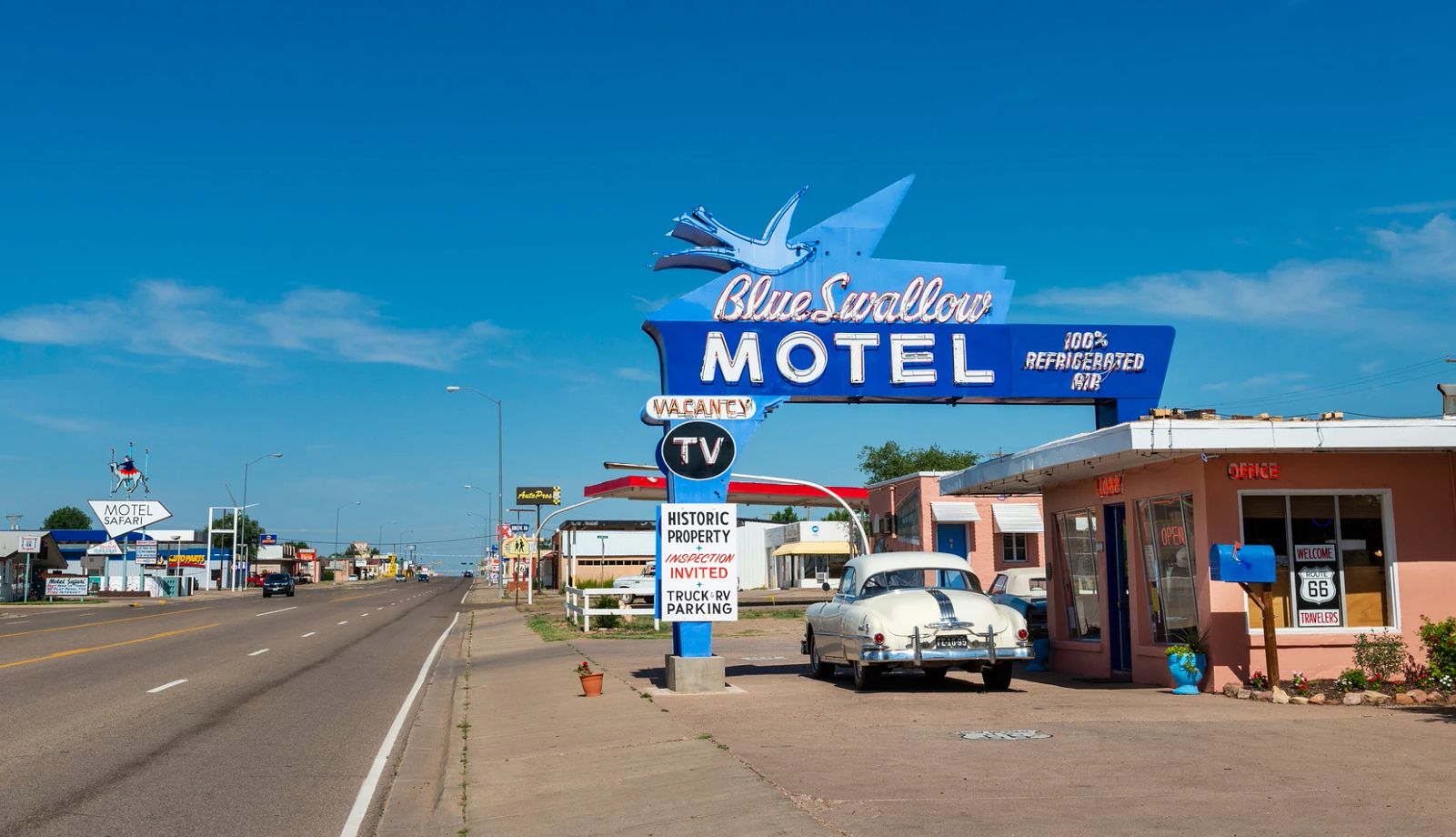AARP Eye Center
AARP Kentucky commissioned a new research project with the Louisville Metro Center for Health Equity focusing health disparities for residents age 50-plus in Louisville that relate to race, ethnicity, gender, sexual orientation, age, and socioeconomic status.
Download the full report, HERE
AARP Kentucky represents some 420,000 members across Kentucky with 83,000 members in Louisville Metro (Jefferson County). AARP is the nation’s largest nonprofit, nonpartisan organization dedicated to empowering Americans 50 and older to choose how they live as they age. AARP works as a fierce defender and wise friend to strengthen communities and advocates for what matters most to families with a focus on health security, financial resilience, and personal fulfillment.

Nationwide efforts by AARP are actively engaging in unveiling numerous initiatives to support aging well. While these critical investments benefit all older residents, it will be important to apply a racial equity lens in assessing needs and appropriating resources equitably to undo a history of systemic injustice imposed on Black residents and other historically marginalized communities of color. Real estate projects, commercial investments, community development proposals, and other citywide enhancements should include assurances that prevent Black older adults from being disproportionately burdened, which will improve health and quality of life.
Why did AARP Kentucky commission this study?
First, it’s part of the AARP mission to be a fierce defender and wise friend strengthening communities and advocating for what matters most to families with a focus on health security, financial resilience, and personal fulfillment. At AARP, as we look to the future beyond COVID-19, one area of focus for us is to build equity into the recovery in terms of health, wealth and aging. We see an opportunity to build on our efforts to address long-standing disparities in health, economic security and quality of life—and to redouble our efforts to combat racism and ageism.
Health status can force people into poverty.
Health disparities that relate to race, ethnicity, gender, sexual orientation, age, socioeconomic status, and geographic region exist in many U.S. communities.
AARP believes that healthcare professionals, insurance providers, consumers, and policymakers should take steps to address disparities in health status.
All people should have access to the resources, services and support that empower them to live a life of dignity, good health, and purpose—regardless of age, race, or income.
There is a need for systematic data collection to inform change.
AARP Kentucky seeks to contribute these findings and track healthcare outcomes of different population groups to help target opportunities for quality initiatives.
Who did the researchers speak with and what were their sources?
The research project was funded AARP Kentucky and coordinated by Louisville Metro Center for Health Equity. The research, analysis and report writing were completed by the Louisville Metro Center for Health Equity, McNary Group and Wildflower Consulting. Researchers engaged with more than 750 people age 50 and over in Louisville Metro older who provided us with insights about their life experiences. They connected with community partners across Jefferson County including: Family Health Center, Age-Friendly Louisville, Dare to Care (Louisville), and California Senior Housing, Metropolitan Housing Coalition among many others.
The research included data collection and review using:
- Accessed vital statistics
- Reviewed Census data
- Conducted interviews
- Fielded public surveys
- Reviewed literature and studies
What did the study show about Louisville health outcomes and race for the 50-plus?
In the report you will see who Louisville’s 50+ community is, what health status they are experiencing, and which root causes might contribute to the ability to age successfully.
The root causes may also determine how well residents are able to cope with aging in the moment. For example, having access to resources and income can help an individual more successfully equip their home to age in place.
While everyone ages, not everyone experiences it in the same way or at the same rate because there are social policies and environmental conditions that might help create better supports for some or additional barriers for others.
Racism and other inequitable systems of power have long impacted how Louisville communities are patterned and resourced across neighborhoods. Segregation through processes like redlining, has helped create neighborhoods that see disinvestment and lack of resources while other neighborhoods have an abundance of options.
Previous research from AARP nationally has found that at least 51% of those aged 50+ experience at least one unmet need – lack of social support and loneliness, food insecurity, inadequate transportation, and challenges with mobility options and finances.
African American/Black older adults living in Louisville fare worse than their White counterparts on several health indicators.
Among them are lower rates of health insurance coverage, more unmet household and personal care needs, greater rates of diabetes and high blood pressure, increased likelihood to skip follow-up medical care, and lower likelihood to use online health care services.
As the Center for Health Equity has outlined in this report and earlier reports, there are persistent inequities in Jefferson County with respect to life expectancy. The five-year average life expectancy among the Hispanic/Latinx community is 12.5 years higher than the non-Hispanic group, and White residents experience a longer life expectancy compared to Black residents by nearly 4 years (see figure 14).
COVID-19 Findings in Louisville Metro
People of color within Jefferson County’s 50+ age group have faced disproportionately higher rates of infection and death from COVID-19. Black/African Americans have a greater share of COVID cases than their population (22% versus 18%) compared to White residents who represent 80% of the population but only 68% of the cases.
Focusing on death rates by race, we explored COVID-19 age-specific death rates (ASDR) for COVID-19. For the 50+ population these rates are higher at every point for Black residents than the county as a whole and White residents except for the 75-79 age group, (where it is statistically similar) and the 85+ age group.
In fact, Black residents have a rate that is double that of White residents from 60-74 years of age and a 1.5 rate within the 55-59 age grouping. The only age group where Black residents do not lead White residents in death from COVID-19 is in the 85+ category.
Racism and other inequitable systems of power have impacted how Louisville communities are patterned and resourced across neighborhoods. Segregation through processes like redlining, has helped create neighborhoods that see disinvestment and lack of resources while other neighborhoods have an abundance of options.
How will AARP Kentucky use the data to inform action to change?
AARP is investing in a long-term strategy to address roots causes of health disparities.
AARP in Kentucky and nationwide is addressing systemic disparities in access to quality health care, housing and transportation options.
The AARP strategic framework includes:
1. We all--personal, public, and private—have a responsibility to address and advance the issues of equity.
2. Develop a solutions oriented strategy— communities don’t need to be told what its problems are nor have solutions thrust upon them. Those closest to the problem must be involved in co-creating the solutions.
3. Build on and strengthen AARP’s efforts to fight for and build a more equitable society that empowers people to live longer, healthier, and more productive lives. Through a combination of public policy, advocacy, and programmatic efforts, increase access to quality health care options and knowledge of how best to access care and participate in treatment decisions.
4. Elevate aging in the disparities agenda among external thought leaders and organizations
5. Raise awareness among target population and health industry in Louisville of preventable diseases that disproportionately impact people age 50-plus through the quantitative and qualitative data collected.
6. Convene health providers and social service organizations to identify and close healthcare access gaps; inform design of community outreach to target populations; Provide additional guidance to internal AARP policy research on health disparities in Louisville.

















)













































